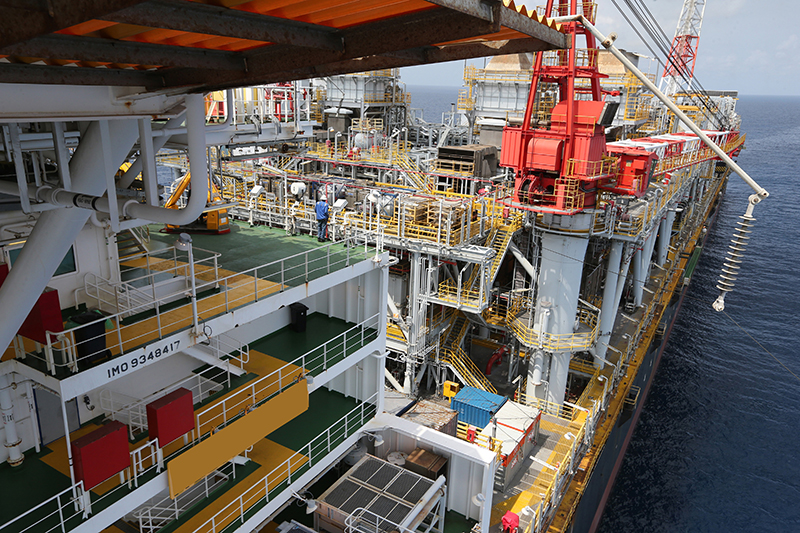South American emerging oil and gas powerhouse, Guyana, is listed among a handful of countries pushing a rise in annual deepwater capital expenditure.
In a newly published report, Wood Mackenzie notes that the deepwater industry appears in good health, following a sustained cost reduction through the downturn. However this hard work is in danger of being undone, as impending cyclical cost inflation could raise break-even costs once again.
The cost of developing new deepwater barrels has fallen over 50% since 2013, according to Wood Mackenzie data and analysis. The most important steps deepwater operators have taken to achieve lower costs, and therefore better returns, include; downsizing projects, a greater focus on subsea tiebacks and brownfield developments over greenfield, reduced project lead times and reduced well counts. The industry analyst also listed more phasing of larger developments, faster well completions, better project execution and lower rig/service sector costs as measures taken by operators to lower cost.
“The most competitive region is the Americas, and in particular Brazil, Guyana, and the Gulf of Mexico, where over 50 billion boe of pre- and post-sanction deepwater developments are now profitable under an oil price of US$60/bbl (based on break-even costs),” WoodMac stated.
“One of the key drivers in cost reduction in deepwater projects is lower rig costs, which is a cyclical factor,” said research director Angus Rodger.
“But more importantly, there have also been big structural changes, such as the faster drilling of wells. For example, in the US Gulf of Mexico it now takes half the time to drill a deepwater well compared to 2014,” added Rodger.
Better project execution has also reduced overspend and improved returns. The average deepwater project sanctioned between 2014 and 2016 has started-up around 5% under budget, compared to projects from 2006 to 2013, when cost overruns between 10 and 15% were the norm.
Encouraged by this progress and the growing importance of deepwater projects for future growth, the industry is increasing investment in the sector. Total annual deepwater capital expenditure (CAPEX) is expected to rise from around US$50 billion currently to nearly US$60 billion by 2022. This rise will be driven by big projects in Guyana, Brazil and Mozambique.
But the increase in spend and activities will accelerate a return to cyclical cost inflation in the offshore sector. With total deepwater rig capacity expected to fall over the next few years – as older, less efficient units are scrapped – rig day rates could double by the early 2020s.
“The return of cyclical inflation could see this epic period of deepwater cost reduction come to a close. The question now is how much of the ‘structural’ cost savings we have seen through the downturn will prove sustainable through the investment cycle, and which are just short-term company adaptions,” explained Rodger.
“We believe that many cost savings are not as ‘sticky’ as industry suggests, and are sceptical that many will stand the test of time during a sustained cyclical uptick,” concluded Rodger.




